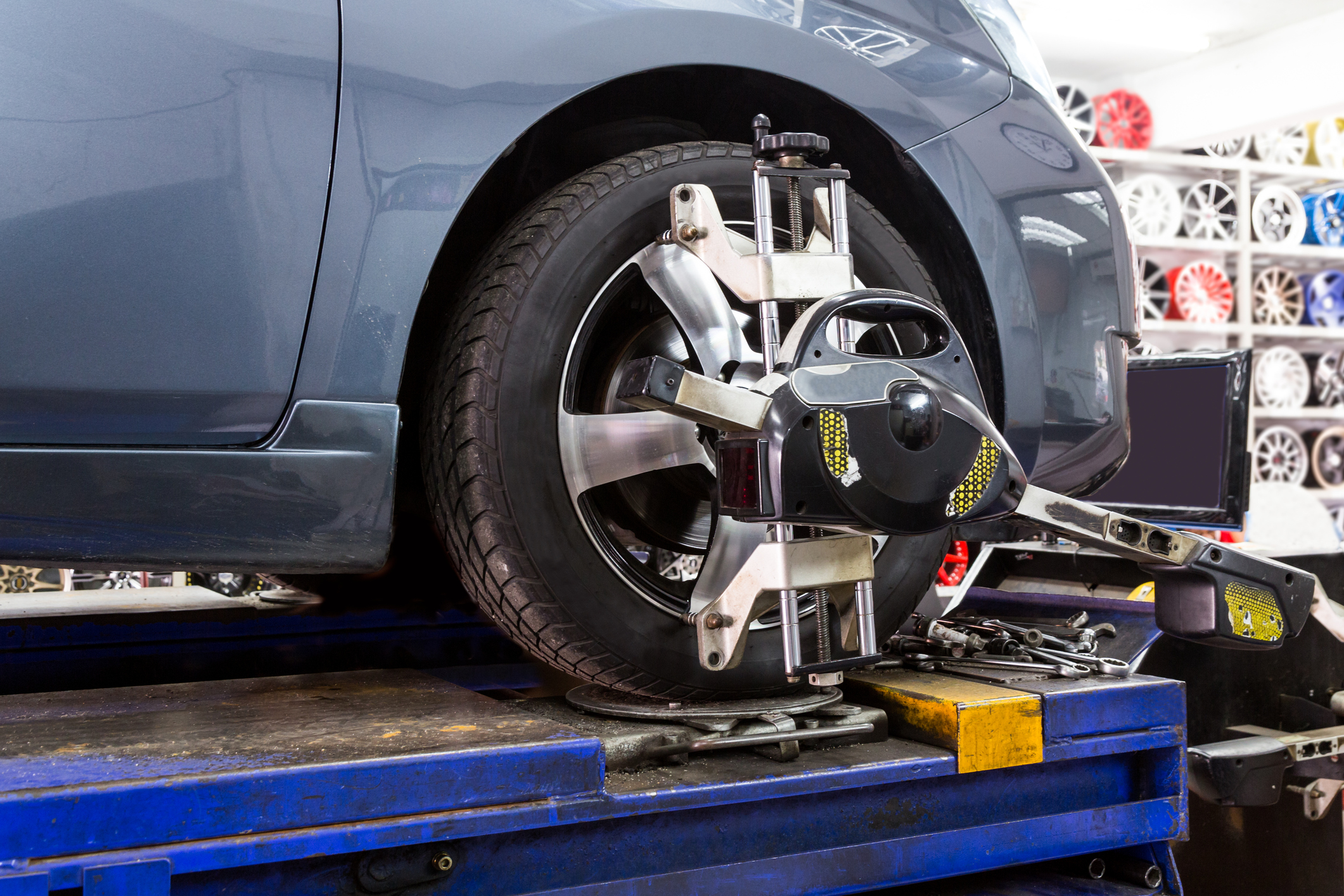An Introduction to Alignment
You might know that you need an alignment if you’re driving down the road with your steering wheel straight and your tires are aiming the wrong direction. Obviously, misaligned tires affect your steering but they can also affect your suspension system, cause unnecessary wear on your tires, and create an unsafe driving situation for you, your passengers, and other cars on the road.
What Causes Tires to Lose Alignment?
Tires can become misaligned easily, depending on the kind of driving you do. Potholes, running over the curb, and driving over large rocks or pieces of concrete can change the alignment of your tires.
As you drive and your vehicle ages, its parts wear out, the rubber cracks, and auto parts lose elasticity and become loose. All of this, combined with everyday driving on uneven roads can cause your alignment to change just a little bit at a time.
How Do I Know My Tires Need an Alignment?
Sometimes, when your steering wheel vibrates, it can be a sign that you need an alignment. However, steering wheel vibration can also indicate various other issues, so look for the following signs instead.
● When you drive straight ahead, you notice your steering wheel isn’t straight. This is the most obvious sign that you need a tire alignment.
● Your vehicle pulls to the left or to the right. While we don’t encourage driving with no hands, if your steering wheel naturally turns to one side or the other, you may need an alignment.
● Your tires are wearing unevenly. If you notice more wear on one side of your tires than the other, you may need an alignment.
What Happens If I Don’t Get an Alignment When I Need One?
The main issue with not getting alignments when you need them is that your tires will wear out faster, and you’ll need to replace them more often, which is a cost that adds up quickly.
A bigger issue is that without properly aligned tires, you won’t have the control you need over your vehicle as you’re driving, which can be a safety concern.
How Often Do I Need An Alignment?
There is not a set schedule that works for every vehicle, but it is a good idea to have your alignment checked about twice a year, or every other time you have the oil changed. Alignment changes more the more you drive your car, so the more you drive, the more often you should have your alignment checked.
